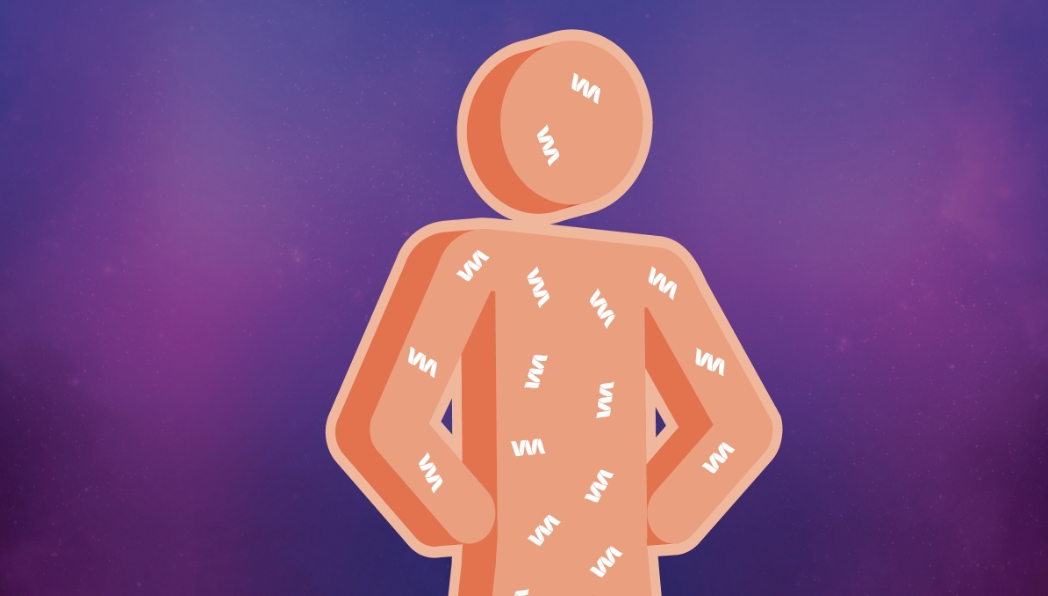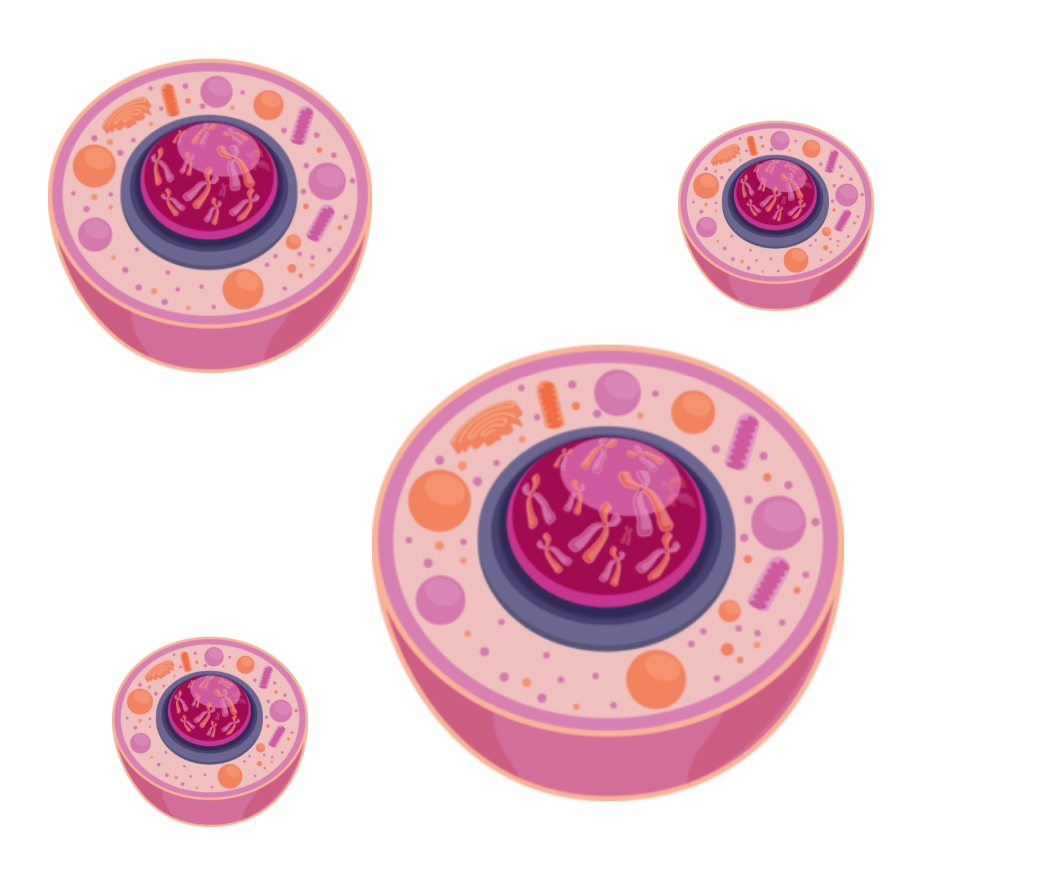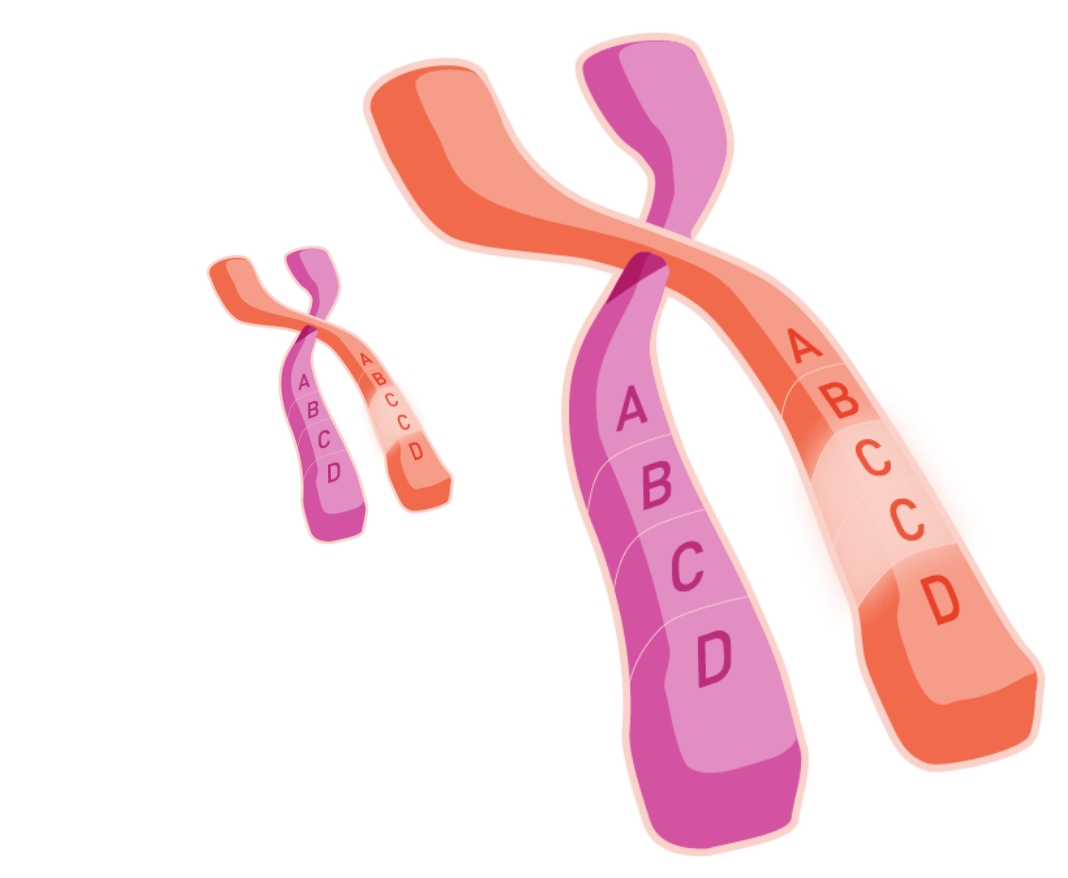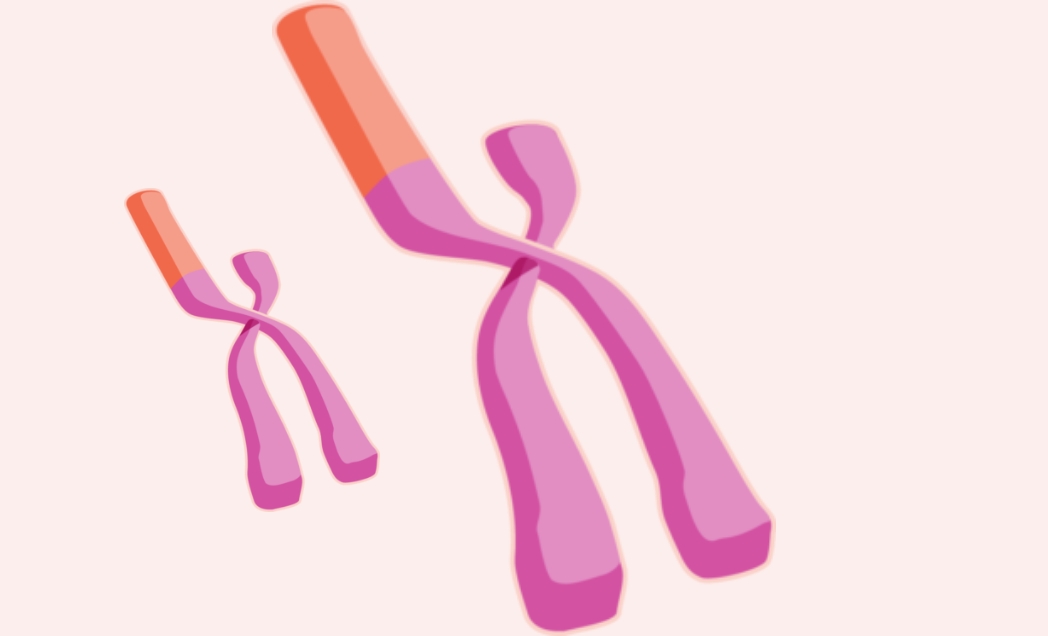
The key role of genes is to provide the instructions for making proteins. Proteins are the building blocks of the body and serve important functions like tissue repair and helping blood to clot.
Think of DNA as the language used in your genetic instructions. DNA is made up of components called nucleotide bases that are like the letters of a word. You must have the correct nucleotide bases in the correct order for the gene to fulfill its intended purpose—producing proteins with normal function.
DNA stands for deoxyribonucleic acid. The 4 nucleotide bases responsible for gene construction are adenine (A), guanine (G), cytosine (C), and thymine (T). These nucleotides pair up with each other, A with T and C with G.
They can be found in our chromosomes, which contain tens of thousands of known genes. Your chromosomes lie deep within a structure called the nucleus, which acts as the command center of the cells that make up your body.
Human cells typically contain 23 pairs of chromosomes. In males and females, 22 of those pairs look the same. The 23rd pair, also called the sex chromosomes, differs between males and females. Females have two copies of the X chromosome while males have a single pair of X and Y chromosomes.

How mutations, or variations, can lead to genetic conditions
Did you know there are approximately 20,000 genes in the human genome? A mutation, or permanent variation, in just one gene can lead to a genetic condition. Knowing what causes a genetic condition is the first step in understanding how, potentially through ongoing research in gene therapy, healthcare providers might be able to treat these conditions differently.
Genetic conditions are the result of mutations, or variations, in the structure of a gene. These mutations are most often passed down from biological parents but can sometimes happen spontaneously. Cystic fibrosis and hemophilia are examples of genetic conditions.
In hemophilia A, the gene responsible for producing factor VIII is mutated. This gene is located in the X chromosome. Males have only one X chromosome, which means that one copy of the mutated gene is enough to cause hemophilia, making it more common in this population.
While it is rare, females with just one affected chromosome can sometimes show symptoms of hemophilia. But because females have two X chromosomes, both chromosomes would need to have a mutation for them to be severely affected by the disease. However, females who do not show signs of hemophilia are often referred to as “carriers” because they can still pass on the mutated gene to their children, even though they have no symptoms of the condition.


A mutation can affect the genetic instructions in your body. The instructions can be missing or incorrect, changing the way proteins are produced. This can result in the production of a protein that does not work properly or, in some cases, the protein is not produced at all.
Mutations can take the form of changed nucleotide pairings, extra DNA where it doesn’t belong, missing DNA, or repeated DNA.
In people with hemophilia A or B, the genetic mutation affects the body’s ability to produce a protein called factor VIII or factor IX, respectively. These proteins are critical for blood to clot.
The 3 types of genetic conditions are single-gene conditions, multi-gene conditions, and chromosomal conditions.
Monogenic conditions—like hemophilia—are caused by a mutation in a single gene. Other examples include cystic fibrosis and Huntington’s disease
Multifactorial inheritance conditions, or multi-gene conditions, develop from multiple small genetic mutations and can lead to some of the more common diseases we’re familiar with, such as heart disease and diabetes
Chromosome disorders are caused by changes to the number or structure of chromosomes. Down syndrome is the most common disorder related to this type of abnormality
Sign up for information on upcoming events, new resources, and the latest in gene therapy research.